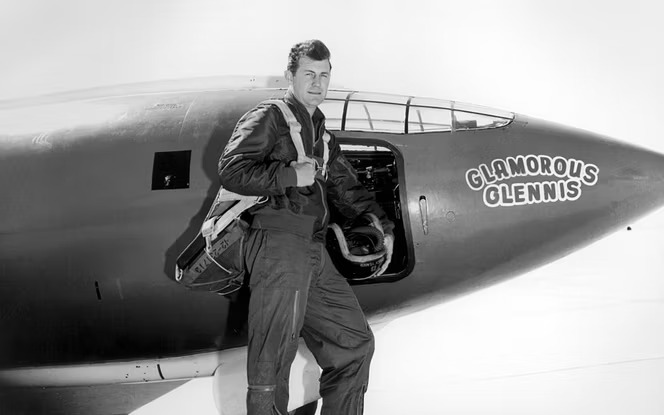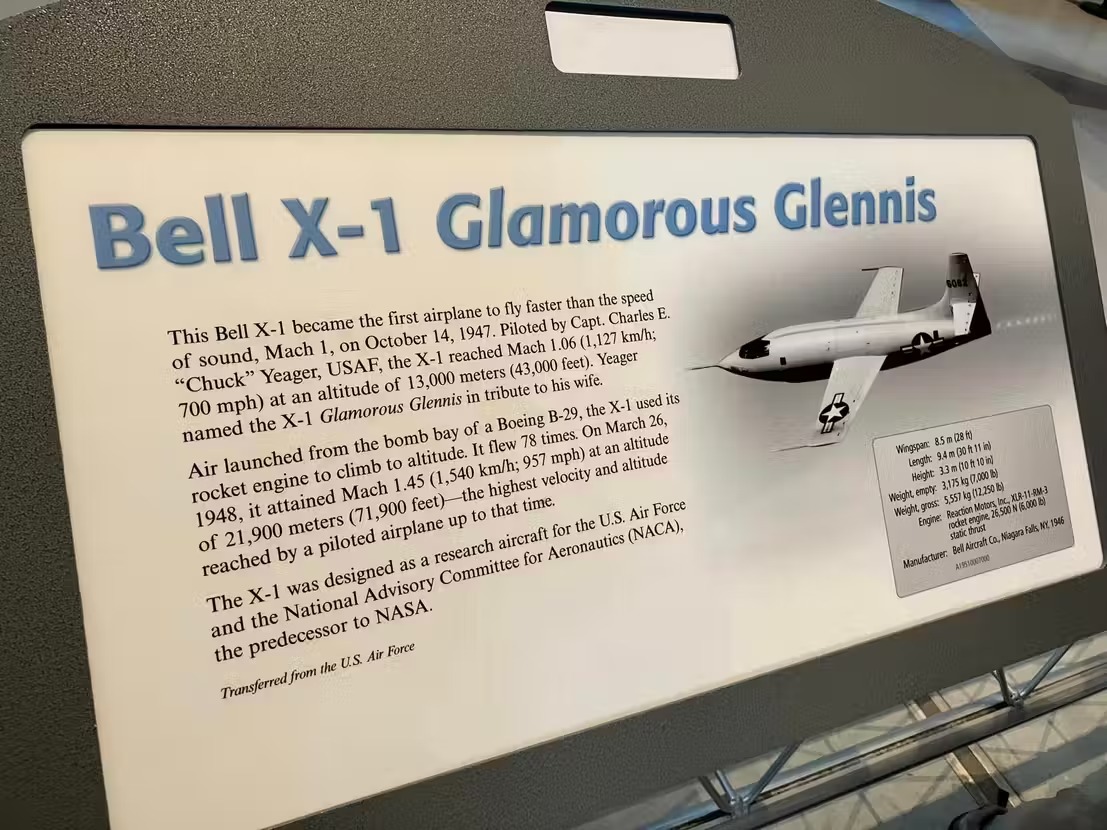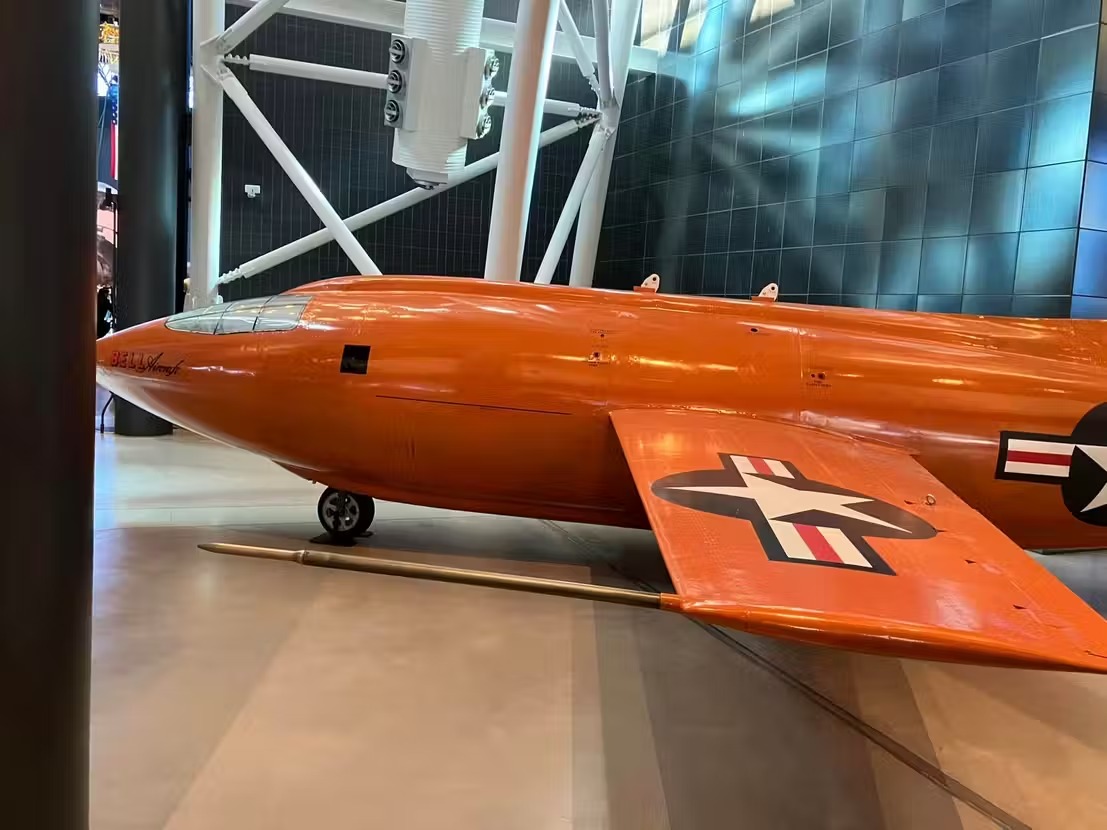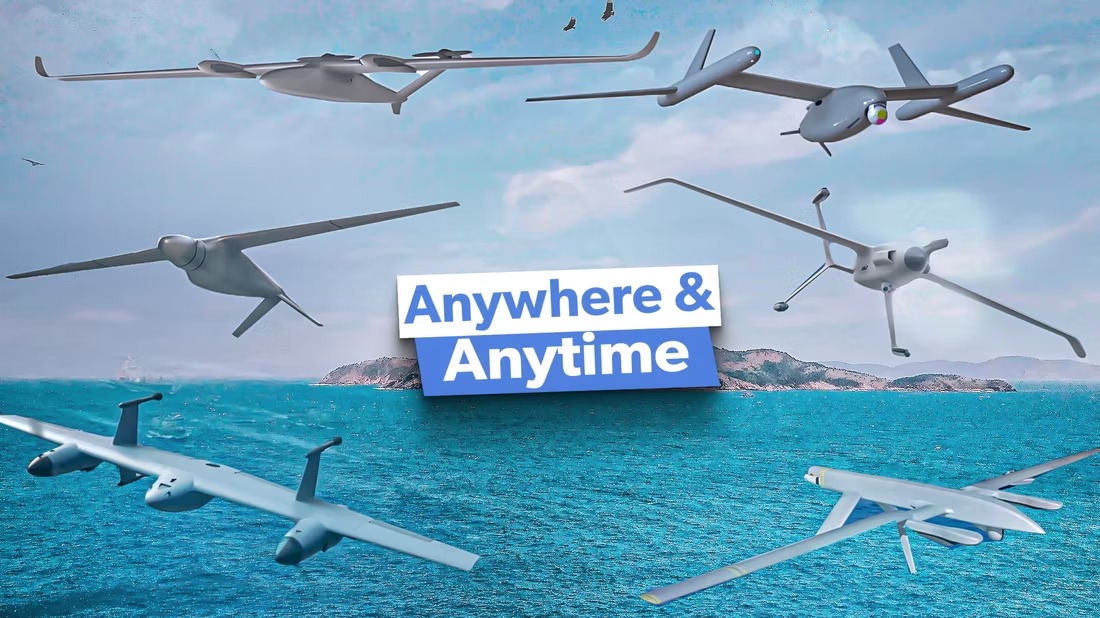In the science fiction/pop culture world, there are entertainment franchises like “The X Files,” chock-full of alien abductions, extraterrestrial technologies, and sinister Federal governmental cryptic cover-up conspiracies.
In the real world, there are the X-Planes of the Defense Advanced Research Projects Agency (DARPA), UAVs as opposed to UFOs. Not as cryptic as or secret-squirrel as the sci-fi story ines, but plenty fascinating and partially shrouded in their own fair share of mystery and secrecy in their own right. Simple Flying shall now try to explain DARPA’s X-planes a little bit further.
A bit of history: the original X-planes
The original X-planes, of course, were not unmanned aerial vehicles, but rather manned aircraft, flown by bold and daring test pilots of military and civilian employ alike. Starting sequentially (alphanumerically, they made history right off the bat with the Bell X-1, in which then-Capt. (eventually Brig. Gen., USAF [Ret.]) Chuck Yeager (1923 – 2020) became the first aircraft and human being tandem to break the sound barrier.





X-planes made history again in the guise of the X-15 rocket plane, which reached the speed of 6.7 Mach (5,140 mph; 8,273 km/h; 4,467 kn) on October 3, 1967, with test pilot William J. Knight at the helm, at an altitude of 102,100 feet, thus becoming THE fastest airplane that ever flew (yes, faster than the SR-71 Blackbird, which is the fastest **air-breathing** aircraft ever).
A bit of history Part Deux: a deeper dive into DARPA
Originally known as the simply Advanced Research Projects Agency (ARPA), the agency was created on February 7, 1958, by President Dwight D. Eisenhower. In the Agency’s own words (in the About DARPA section):
“For sixty years, DARPA has held to a singular and enduring mission: to make pivotal investments in breakthrough technologies for national security.”
“The genesis of that mission and of DARPA itself dates to the launch of Sputnik in 1957, and a commitment by the United States that, from that time forward, it would be the initiator and not the victim of strategic technological surprises. Working with innovators inside and outside of government, DARPA has repeatedly delivered on that mission, transforming revolutionary concepts and even seeming impossibilities into practical capabilities.
“The ultimate results have included not only game-changing military capabilities such as precision weapons and stealth technology, but also such icons of modern civilian society such as the Internet, automated voice recognition and language translation, and Global Positioning System [GPS] receivers small enough to embed in myriad consumer devices.”
“DARPA comprises approximately 220 government employees in six technical offices, including nearly 100 program managers, who together oversee about 250 research and development programs.”
The agency has been through three name changes: ARPA to DARPA in March 1972; back to ARPA in February 1993; and finally back to DARPA in 1996.
DARPA’s current X-plane projects
Fast-forward to the present day, and, thanks to DARPA, the earlier generations of manned X-planes are slated to be succeeded by drones. There’s an additional new wrinkle being thrown in this time, namely vertical take-off and landing (VTOL) capability. According to an Agency statement dated May 22, 2024:
“DARPA’s AdvaNced airCraft Infrastructure-Less Launch And RecoverY program, known as ANCILLARY, shows six design concepts for a low-weight, large-payload, long-endurance VTOL uncrewed X-plane. The innovative configurations and critical technology designs come from a wide array of performers, from small start-up to legacy aerospace companies, broadening the network of partners contributing to the program.”
“’The goal of ANCILLARY is to increase small vertical take-off and landing (VTOL) uncrewed aerial system (UAS) capabilities by a factor of three over the current state-of-the-art flying today,’” said Steve Komadina, DARPA program manager for ANCILLARY. “’Our performers are searching for innovative ways to increase payload weight and range/endurance of small, ship-launched UAS by means of novel configurations, propulsion, and controls while also removing the need for special infrastructure.’”
The ANCILLARY project has been divided into two phrases, designated Phase Ia, Phase Ib, and Phase II:
- Phase 1a: DARPA’s ANCILLARY team explored conceptual designs from nine traditional and non-traditional military firms.
- Phase 1b: Projected to last 10 months, six competing companies shall mature their proposed X-plane designs, concentrating on reducing system risks through refined higher fidelity design and analysis and by conducting component and configuration hover testing. Those specific companies — listed in clockwise order from top right as they appear in the artist’s rendering adorning the top of this article — are Method Aeronautics, AeroVironment, Northrop Grumman, Sikorsky, Karem Aircraft, and Griffon Aerospace. These candidates will be tested on their ability to be deployed and retrieved from US Navy ships without the large mechanical launchers and landing/recovery equipment currently in use.
- Phase II: Assuming Phase Ib all goes according to plan and within the anticipated timeframe, herein the teams will submit competitive proposals for Phase II detailed design, fabrication, and flight testing.
ANCILLARY is expected to culminate with X-plane flight tests starting in early 2026. Stay tuned, dear readers.
Source: Simple Flying

Warning: Illegal string offset 'cookies' in /home/u623323914/domains/eng.bayviet.com.vn/public_html/wp-includes/comment-template.php on line 2564